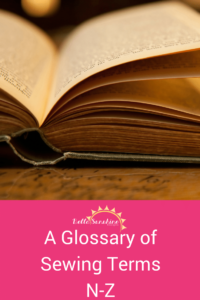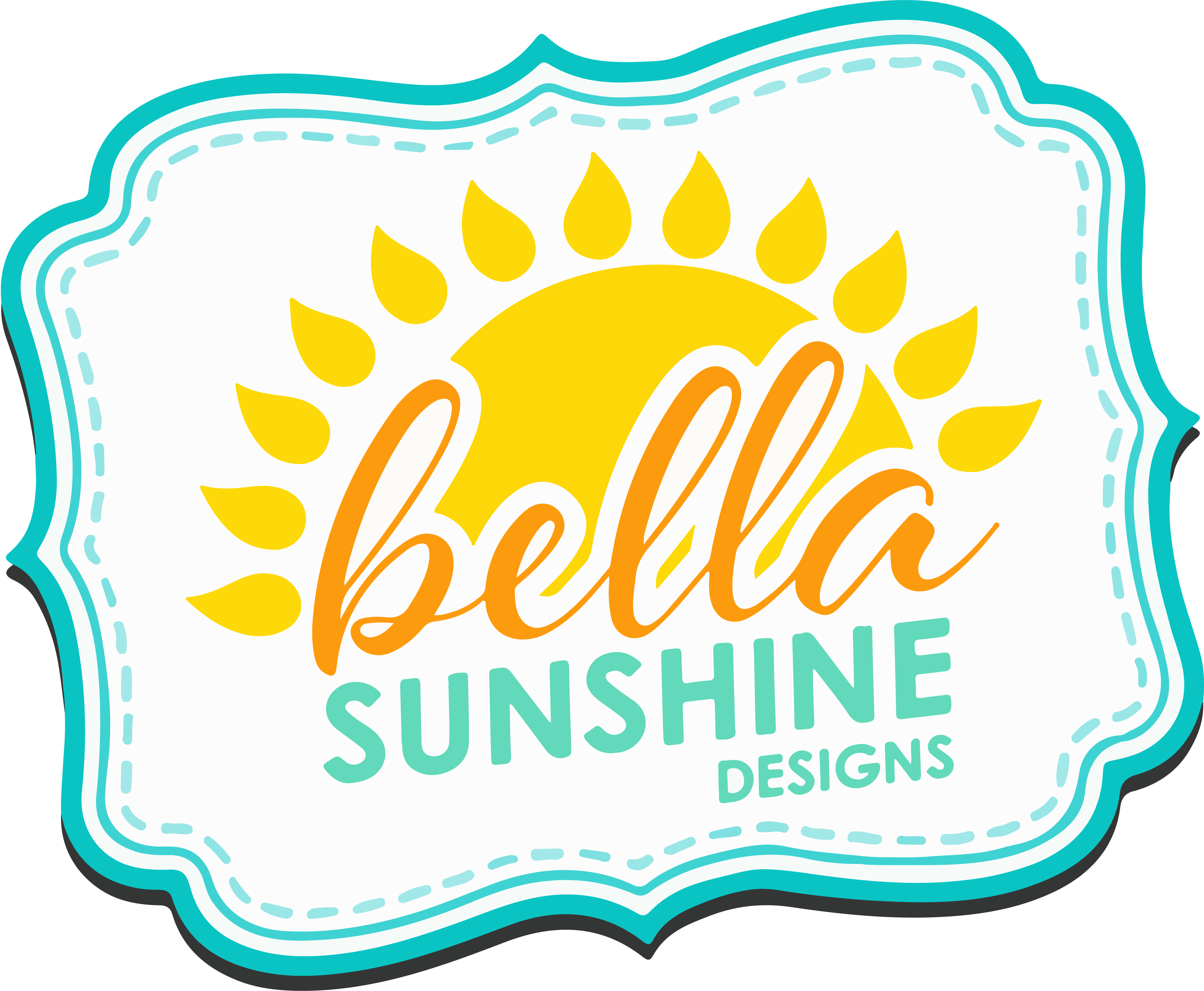
A Sewing Glossary, Unpacked Pt. 2
Notions
Notions are small tools and accessories used in sewing. Most often used notions include buttons, thread, snaps, pins, seam rippers, etc.
Overlay
An overlay is usually a sheer type of fabric sewn over a lining or other opaque fabric for decorative purposes. Due to its decorative nature, it is used often in sewing special occasion clothing. Popular overlays include lace and chiffon.
Pattern
A pattern is a template and instruction used to sew garments and accessories. They can be found in print and downloadable PDF formats.
Piping
Piping is a type of trim that is often sewn into a seam to create a separation in the pieces and add a nice detail to a garment. It consists of a piece of cording sewn into the fold of a strip of fabric. This great detail is often used in the Josephine pattern that was recently released. Another great choice for piping would be the Tess Tulip shorts.

Placket
A placket is an opening in the top of a skirt or in a shirt that allows the garment to be put on more easily. Because of its functionality, Bella Sunshine uses plackets in most of the woven dress skirts and can also be found in Henley and button down shirts.
Pleat
A pleat is a means of folding fabric to make a long piece fit a smaller space. Many garments with a higher end look use pleats to replace simple gathering. As a matter of fact, Alice has some amazingly pretty pleats with easy to follow instructions, if you want to give it a try!
Quilt
Quilting is the practice of sewing designs into 2 pieces of fabric with a layer of batting (or insulation) between them. It is used to make blankets that are also called quilts but can also be used to make bags, wallets, and clothing.

Right Side
The front of a piece of fabric where a design is often printed. As a result, it is usually the outside of the garment.
Seam Allowance
The seam allowance is the measurement between the raw edge of the fabric and the stitch line. Different companies use different seam allowances, so always check your pattern before you start! A small discrepancy in a seam allowance can lead to HUGE fit issues in a finished piece, therefore, it pays to be especially careful of them.
Seam Ripper
A seam ripper seems like most seamstresses worst enemy and best friend, all rolled into one. Seam rippers have a sharp point and a tiny blade that allows you to remove seams more easily if you make a mistake. I, like most seamstresses, am very well acquainted with mine.
Selvage/Selvedge
The selvage is the edge of the fabric that does not fray (in wovens) and often runs from the top to bottom of the fabric's pattern design. It will usually also include some information about the fabric such as the manufacturer and designer's name. There are people who keep and stitch selvage edges together to create some pretty amazing pieces.

Thimble
A thimble is a small metal covering made to protect a sewist's thumb when hand-stitching. (Guilty confession: I never use mine. As a result, I stab myself a LOT)
Wrong side
The wrong side of a fabric is the back side and is the opposite (obviously) of the front side. It will usually either be a solid color (most often white) or have a very faded version of the pattern on the fabric showing through. Consequently, this will usually be the inside of your garment, although a trend is currently going around where garments are being purposely sewn with the wrong sides on the outside.
